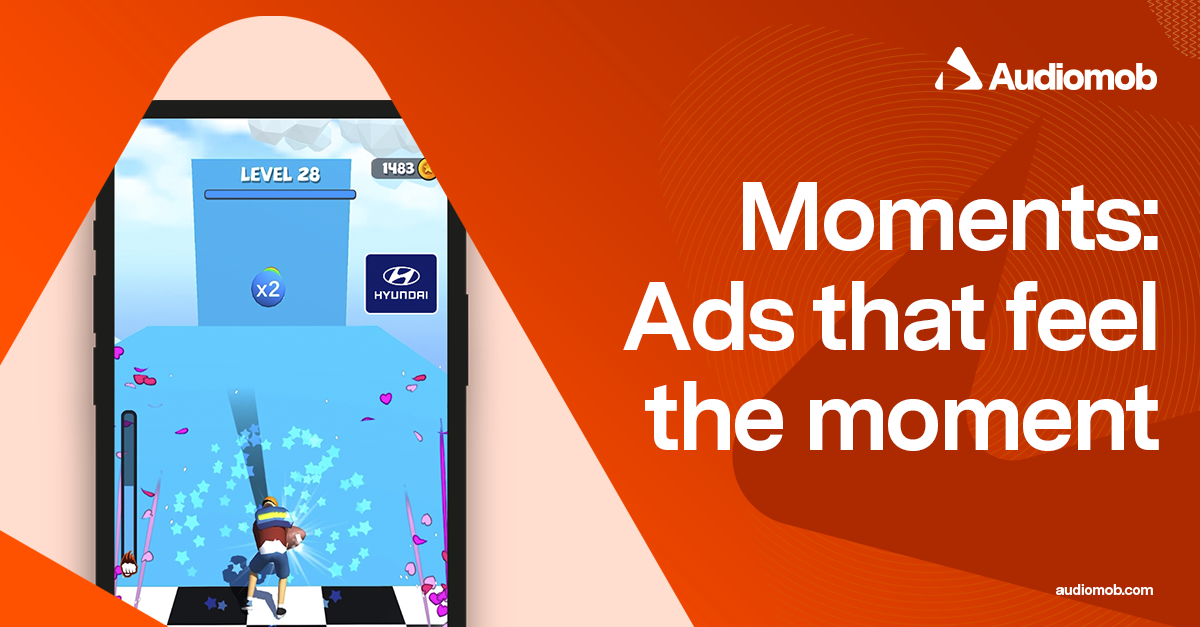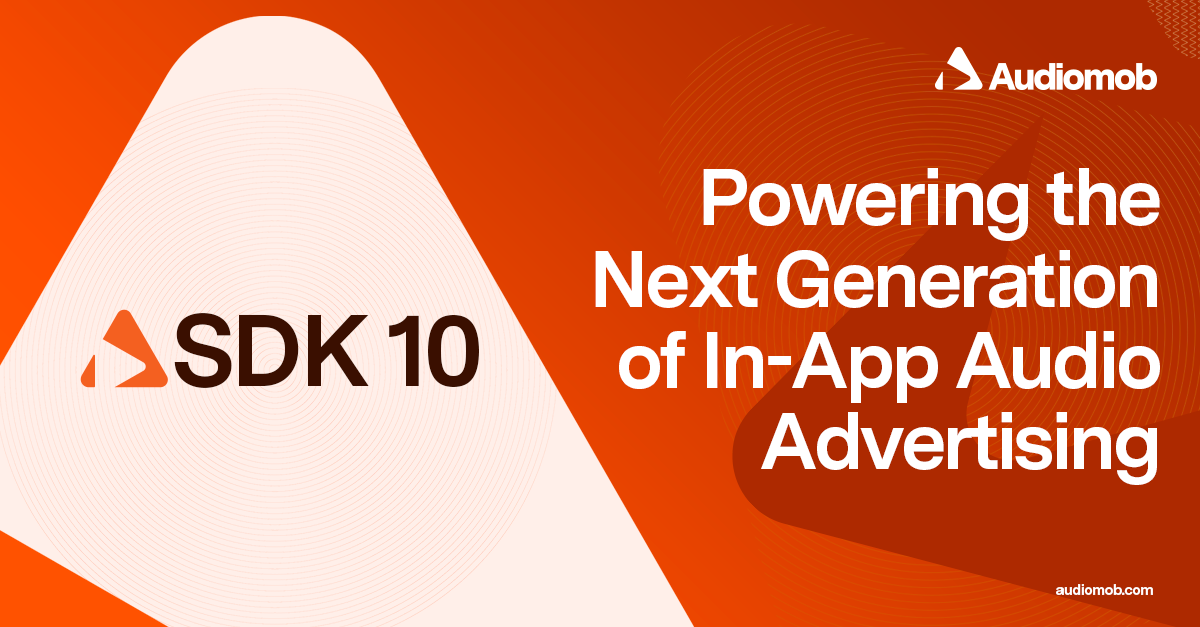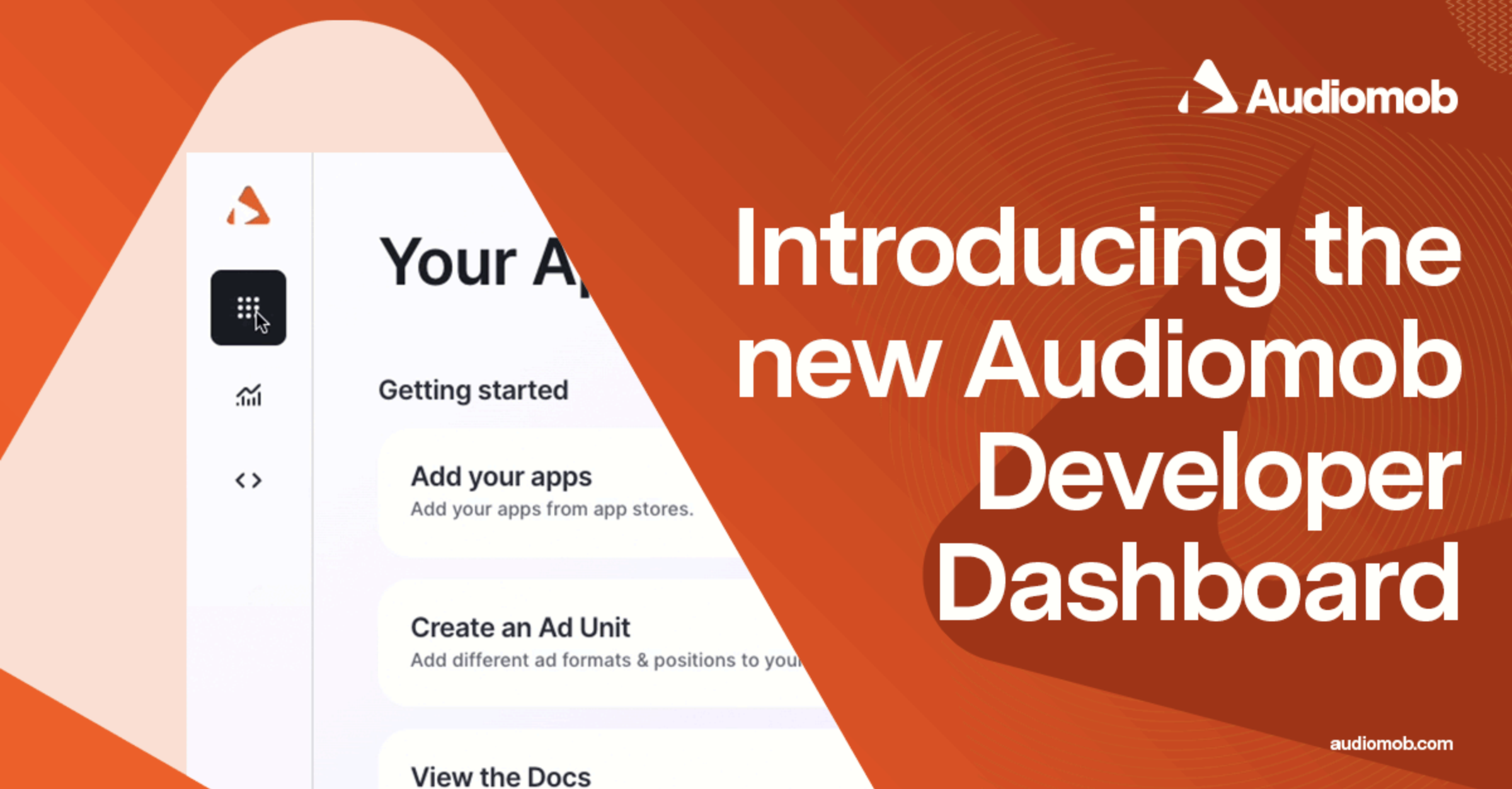Advertising in gaming is by no means a new concept; product placement has played an integral role in gaming since the early 80s. However, the industry has evolved significantly with the advent of smartphones, signaling rapid transformations that have made gaming a regular daily activity for over 3 billion people worldwide.
It’s no wonder the mobile gaming market is projected to reach $195 billion by 2030, with mobile gaming also contributing to 51% of revenue in the gaming industry. These trends aren't going unnoticed, with more advertisers planning to increase spending on in-game advertising throughout 2024.
With such a large and diverse gaming audience, it’s imperative that advertisers and game developers alike deliver the right ads to the right users, or risk damaging their brands. To achieve this, more advertisers are turning to programmatic solutions, which are fast becoming a cornerstone of digital marketing strategies across the board.
What is programmatic advertising?
In-game programmatic advertising is revolutionizing the integration of ads into mobile games. In short, programmatic handles the bulk of the work by automating nearly every step, from ad bidding to user targeting and real-time ad delivery. It ensures that users only see ads that are most relevant to them, while keeping campaigns completely trackable and measurable, providing vital, real-time updates on campaign performance.
Ultimately, programmatic advertising is a win-win form of advertising that provides more efficient and cost-effective methods for advertisers and publishers, while providing a better experience for users. Couple this with the already excellent incremental reach of gaming – thanks to its ability to reach younger and older audiences alike – and programmatic advertising becomes an ideal way for marketers to factor gaming into their omnichannel strategies, something 90% of marketers in a recent study agree has become crucial.
In-game advertising in a changing landscape
As the landscapes of advertising and gaming continue to evolve, the shift from third-party data to first-party data has become a pivotal change for programmatic advertising in mobile games. With the gradual demise of cookies, the industry is relying more on first-party data provided directly by users, as well as contextual data, both of which are more privacy-safe
Simultaneously, the advertising landscape is also adapting to norms set by platforms like Google. Google's updated privacy policy imposed limitations on the use of disruptive full-screen interstitial ads (video, image, and gifs) across the Google Play store. The policy highlights a significant shift towards providing better and less intrusive mobile app experiences by encouraging game developers and advertisers to better integrate ads.
Both of these changes across advertising and mobile gaming highlight an overall shift in the industry toward improving user trust and safety. As powerful as in-game programmatic advertising is, maximizing its use and optimizing ROI depends on factors such as user retention and lifetime value, which can directly impact your bottom line.
Programmatic advertising in action
Programmatic advertising supports a wide variety of ad formats, including video, interactive, and audio ads. Leading advertising solution providers, such as Audiomob, are increasingly utilizing AI machine learning to improve targeting, allowing for over one thousand user data points to be analyzed in real time. This ensures the right ads reach the right users at the most optimal time.
For instance, Sony Music recently ran a successful ad campaign across the UK to promote the hit single 'Body Moving' by Calvin Harris and Eliza Rose. The campaign integrated Audiomob’s programmatic audio solution to target Gen-Z audiences across a range of mobile games. During the week-long campaign, Sony's audio ads reached over 33,500 unique listeners nationwide, with listen-through rates as high as 96%.
As ad revenue from gaming continues to increase year on year, with a significant portion coming from mobile gaming, programmatic advertising offers advertisers and publishers a means to ensure that in-game advertising remains a vital component of omnichannel digital strategies.
For more news and insights on the ever-changing world of advertising, check out our blog.




